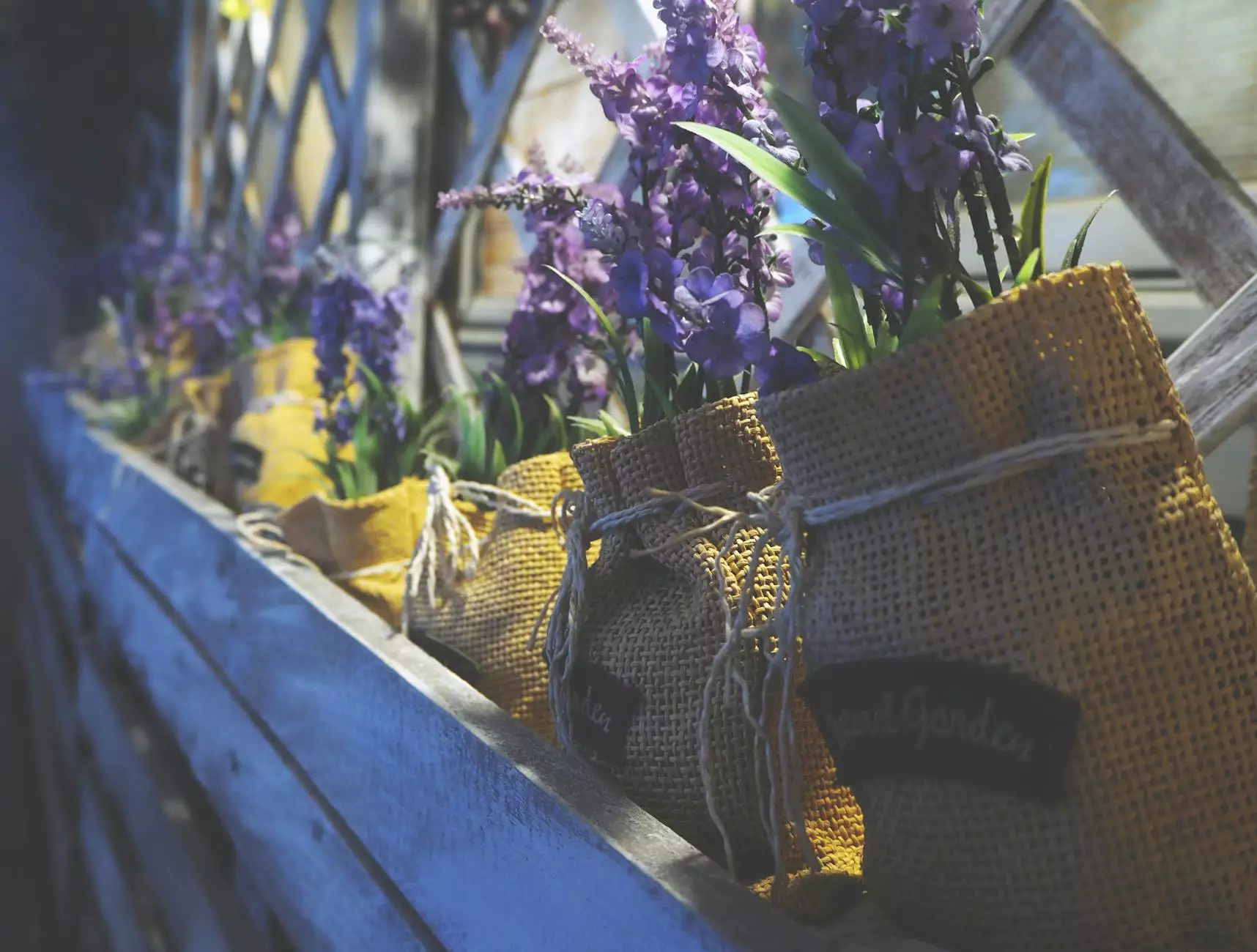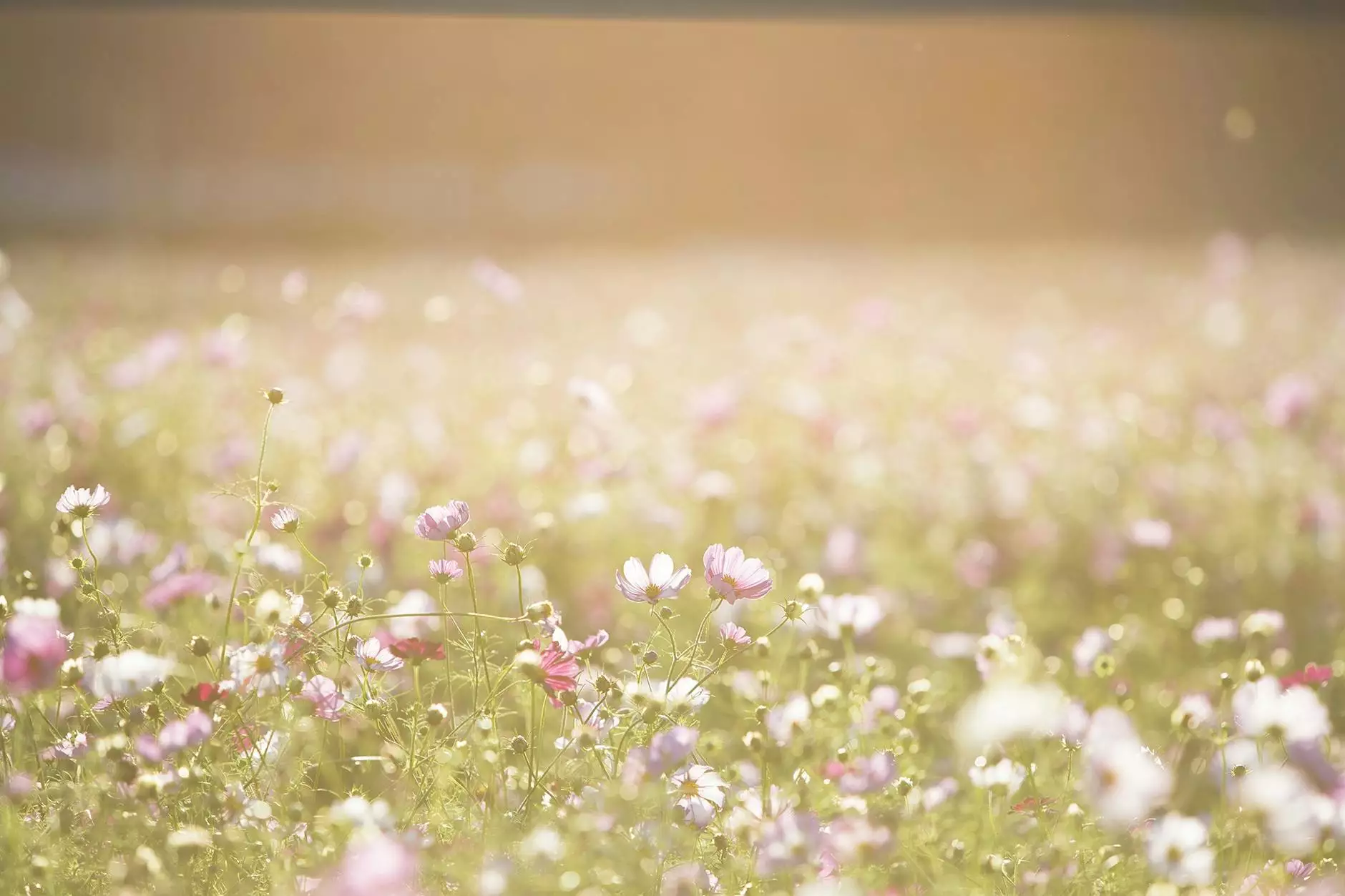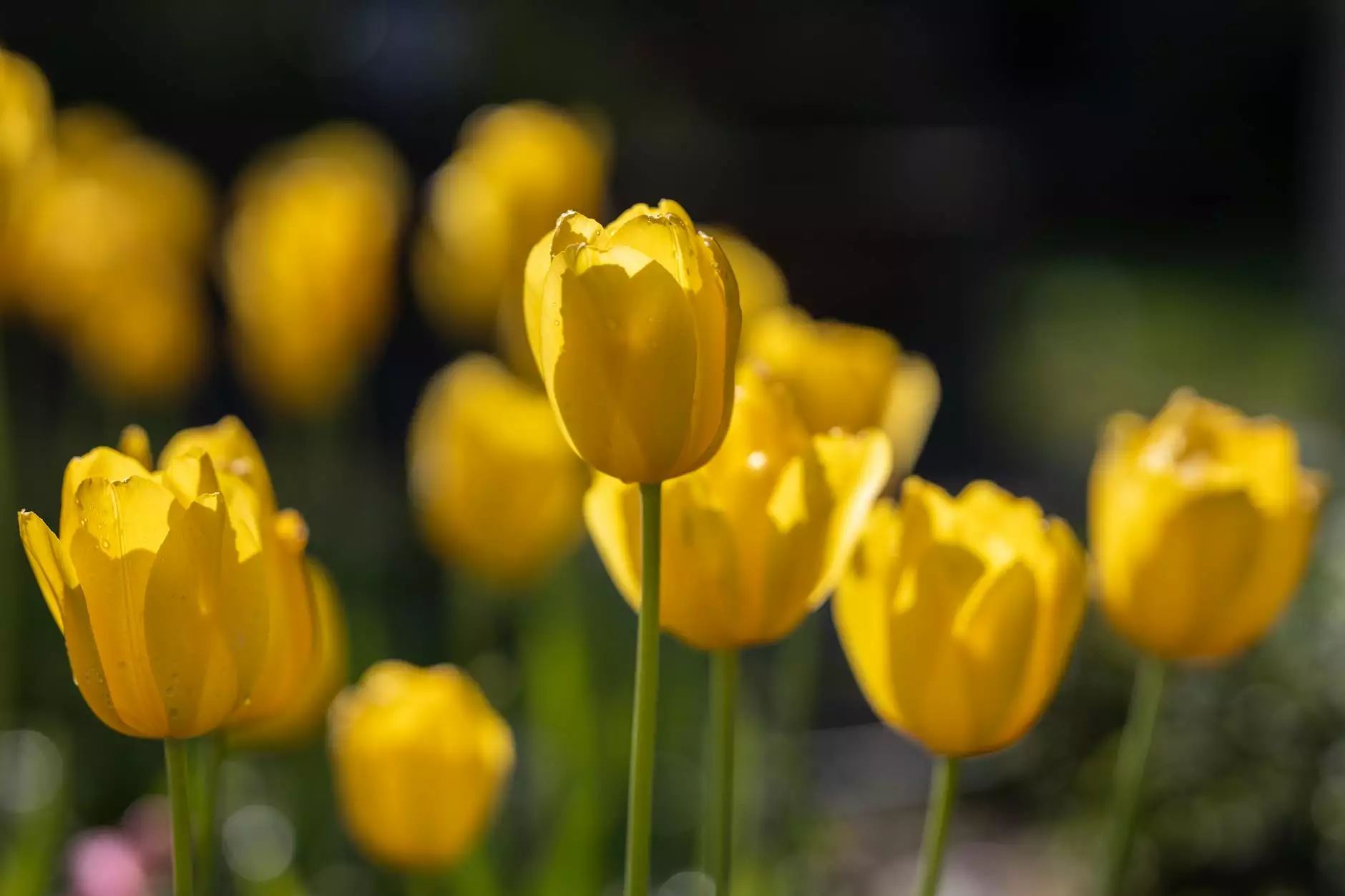9 Tips For Hydrangea Care Indoor

Welcome to La Venezia Art & Fashion, where we provide you with expert advice on caring for your indoor hydrangea plants. Hydrangeas are gorgeous flowering plants that can brighten up any space, but they require specific care to thrive indoors.
1. Choose the Right Location
Hydrangeas prefer bright, indirect light. Place your indoor hydrangea near a window that receives morning or afternoon sun. Avoid exposing them to direct sunlight, as it can scorch the leaves.
2. Maintain Proper Temperature and Humidity
Hydrangeas thrive in temperatures ranging from 60 to 70 degrees Fahrenheit (15 to 21 degrees Celsius). Keep the room well-ventilated to prevent the air from becoming too dry. Using a humidifier or placing a tray of water near the plant can help maintain the ideal humidity levels.
3. Watering and Drainage
Hydrangeas prefer consistently moist soil, but avoid overwatering. Allow the top inch of soil to dry out between waterings. Ensure proper drainage by using a container with drainage holes and placing a saucer underneath to catch excess water.
4. Fertilizing
Feed your hydrangea houseplant with a balanced water-soluble fertilizer once a month during the growing season (spring to early fall). Follow the instructions on the fertilizer packaging for proper dosage. Avoid fertilizing during the dormant winter months.
5. Pruning and Deadheading
Prune your indoor hydrangea in early spring to remove any dead or damaged branches. Deadheading (removing spent blooms) encourages new growth and prolongs the blooming period. Cut the stem just above the first set of healthy leaves.
6. Pests and Diseases
Monitor your hydrangea regularly for common pests such as aphids, spider mites, and mealybugs. If you notice any infestation, treat it immediately with an appropriate insecticidal soap or neem oil. Avoid over-watering to prevent root rot and fungal diseases.
7. Propagation
If you wish to propagate your indoor hydrangea, take stem cuttings during spring or early summer. Remove the lower leaves, dip the cut end in a rooting hormone, and plant it in a well-draining potting mix. Keep the soil moist and provide bright, indirect light until the cutting establishes roots.
8. Changing Flower Color
Hydrangeas can change color depending on the soil's acidity. To achieve blue flowers, lower the soil pH by adding aluminum sulfate. To get pink flowers, raise the pH by adding lime. Keep in mind that some hydrangea varieties are genetically predetermined to only produce specific colors.
9. Winter Care
During the winter, hydrangeas may require less frequent watering. Reduce the amount of water and move the plant away from cold drafts. Keep the indoor temperature consistent to prevent stress and encourage dormancy.
Following these 9 tips will help you successfully care for your hydrangea houseplant and enjoy beautiful blooms year-round. At La Venezia Art & Fashion, we strive to provide you with the best advice for all your plant care needs.
For more detailed information and additional plant care tips, visit our website or contact our knowledgeable team. Happy hydrangea care!










